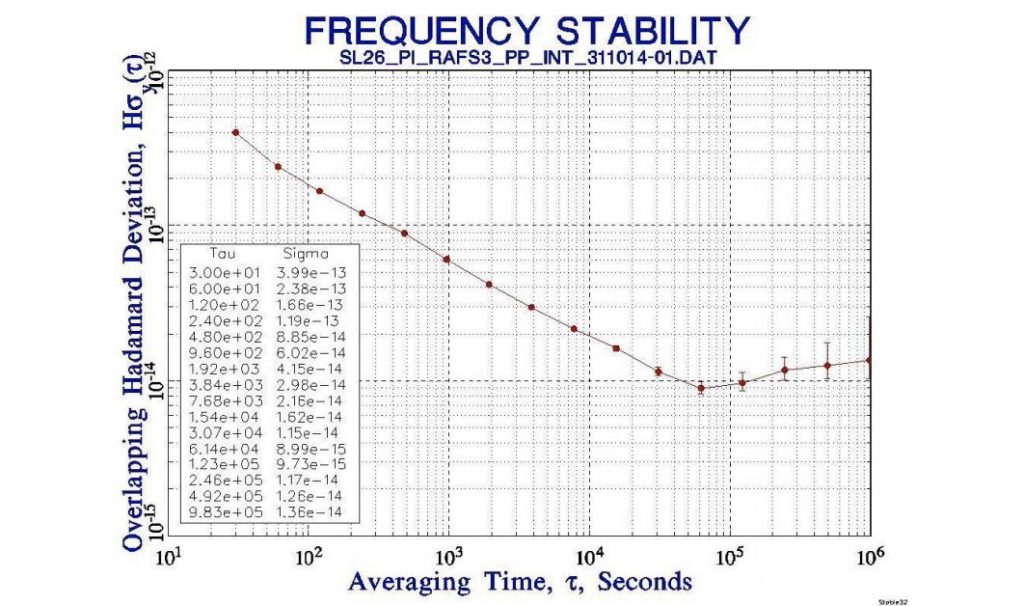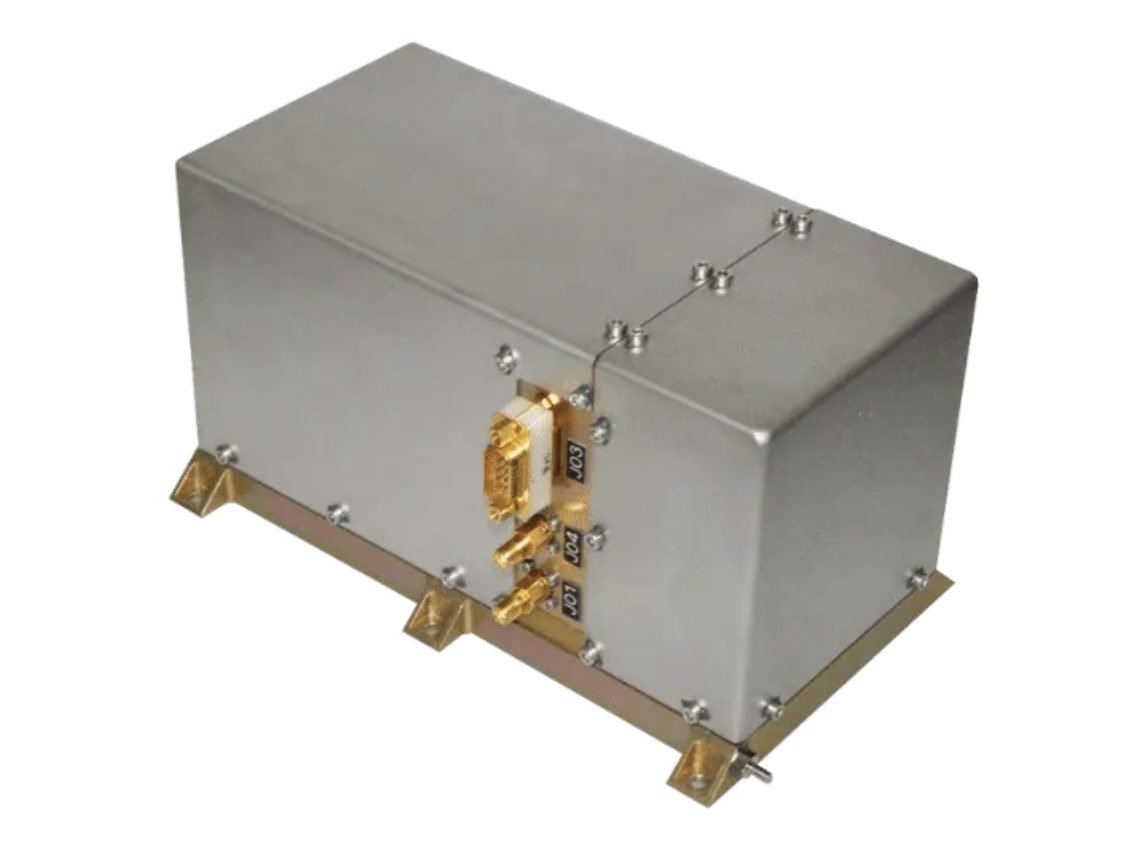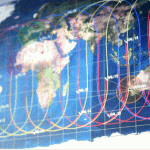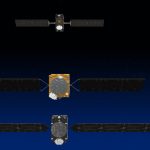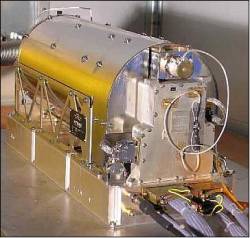Orolia received two contracts to provide atomic clocks for the first 12 satellites of the Galileo Second Generation System (G2S). The first was from the European Space Agency (ESA) and the second from Leonardo. Each of the new G2S satellites will carry three Orolia Rubidium Atomic Frequency Standards (RAFS) and two Orolia atomic clock physics packages integrated with Leonardo’s Passive Hydrogen Masers (PHM). The contracts have a total value of 70 million Euros.
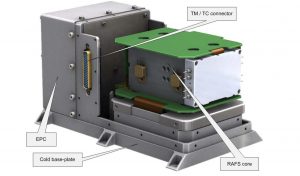
Orolia’s RAFS is an ultra-stable rubidium atomic clock able to deliver a frequency stability of about 2×10-14 over averaging intervals of 10,000 seconds. The Leonardo PHM is the master clock for the Galileo satellite payload.

The announcement came from Neufchatel, Switzerland, headquarters of Orolia subsidiary Spectratime. Orolia, based in Paris, has delivered more than 140 RAFS Flight Models worldwide, with 114 flying on GNSS constellations. In addition, 100 PHM Flight Models have been delivered worldwide, and 56 are flying on the current Galileo constellation.
The G2S satellites will join the 26 first-generation satellites currently in orbit. They will be much larger than the existing Galileo satellites, use electric propulsion for the first time and feature a more powerful navigation antenna. The G2S constellation should achieve a decimeter-scale positioning precision, according to ESA.
In May, the European Commission and ESA announced the selection of Orolia to provide its Skydel GNSS signal simulation core engine for the G2S radiofrequency constellation simulator.
